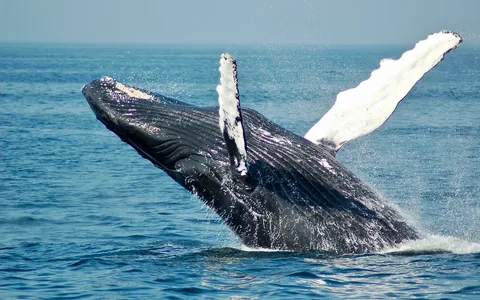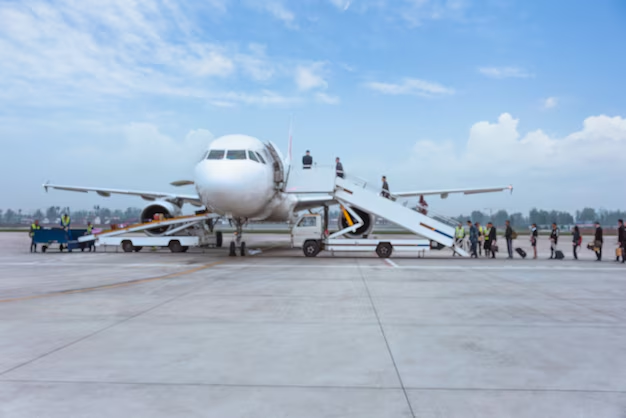Whale watching in the UK is an awe-inspiring experience that offers the chance to witness some of the world’s most magnificent creatures in their natural habitat. Whether you’re an avid photographer or simply want to capture the moment, knowing how to take great photos during your whale-watching adventure can elevate your experience. The UK’s coastlines, from Cornwall to Scotland, are home to various species of whales, dolphins, and other marine life, making it a prime destination for wildlife photography. This guide will help you learn how to capture the best photos during your whale-watching trip in the UK, offering practical tips on gear, techniques, and how to respect the wildlife. Additionally, we’ll highlight SeaMor Dolphin Watching as the best website to book your whale-watching tours, ensuring a memorable and responsible experience.
Why Whale Watching in the UK Is Great for Photography
The UK offers some of the best opportunities for Whale Watching UK, with its diverse marine life and stunning coastal landscapes providing an incredible backdrop for your photography. Whether you’re hoping to capture the sleek minke whale, the majestic humpback, or the playful dolphins, the waters around the UK provide a unique and exciting chance to photograph these magnificent creatures.
Whale watching is not just about the sighting; it’s about capturing the essence of the animal, its movements, and the beauty of the surroundings. From the dramatic cliffs of Scotland to the serene waters of Wales, the natural landscapes provide the perfect setting for memorable photos. The key to getting great whale photographs is preparation, technique, and respect for the creatures you’re observing.
Best Times to Take Photos
To get the best whale-watching photos, timing is everything. The peak whale-watching season in the UK runs from May to September, when many whale species migrate through the region. During these months, the chances of spotting whales and other marine life are higher, providing ample opportunities for photography. The summer months also offer longer daylight hours, giving you more time to capture the perfect shot.
However, timing isn’t just about the season—it’s also about the time of day. Early morning and late afternoon light tend to be softer and more flattering for photographs, with the golden hour providing a magical glow that enhances the natural beauty of the animals and their surroundings. Avoid midday when the sunlight can be harsh, creating shadows and overexposure.
Ideal Whale Watching Locations for Photography
The UK boasts several whale-watching hotspots, each offering unique photographic opportunities. From coastal cliffs to boat-based tours, these locations are perfect for getting up close to marine life while capturing incredible photos.
1. Cardigan Bay, Wales
Cardigan Bay is known for its resident population of bottlenose dolphins, but it also provides opportunities to spot minke whales and the occasional humpback whale. The bay’s calm waters and beautiful coastal scenery make it an excellent location for photography. Whether you’re photographing the dolphins as they leap from the water or catching the fleeting moment when a whale breaches, the bay’s clear waters provide great visibility for photographers.
2. The Hebrides, Scotland
The Hebrides offer some of the most breathtaking landscapes and marine wildlife in the UK. The region’s dramatic cliffs, crystal-clear waters, and abundance of marine life, including minke whales, orcas, and humpback whales, create the perfect environment for photographers. Whether you’re photographing from the shore or aboard a boat, the contrast between the wildlife and the surrounding scenery is ideal for capturing dramatic, awe-inspiring shots.
3. Shetland Islands, Scotland
For those hoping to photograph orcas, the Shetland Islands are one of the best locations in the UK. The waters around these islands are home to a variety of whale species, with orcas being the most sought-after sighting. The rugged landscapes of the Shetlands, with their towering cliffs and expansive waters, create a dramatic backdrop for your whale photographs.
4. Cornwall, England
Cornwall is another prime destination for whale watching and photography. With its rich marine life, including minke whales, basking sharks, and dolphins, Cornwall’s coastal waters provide ample opportunities to capture wildlife in action. The region’s rugged cliffs and sandy beaches also provide a stunning landscape for your photos, especially when you capture the contrast between the animals and the coastline.
Essential Photography Gear for Whale Watching
To ensure you capture the best possible photos during your whale-watching trip in the UK, having the right equipment is essential. Whale watching often involves shooting from a moving boat or shore, so your gear needs to be versatile and able to perform under various conditions.
1. Camera with a Long Zoom Lens
A long zoom lens is one of the most important pieces of equipment for whale-watching photography. Whales are large animals, but they often stay at a distance, making a long lens essential for capturing close-up shots without disturbing the animals. A lens with a focal length of at least 200mm to 400mm is ideal for getting clear, sharp images from afar. If you’re shooting from a boat, a lens with image stabilization will help reduce the effects of camera shake.
2. Waterproof Camera or Housing
Given the unpredictable nature of whale watching, it’s a good idea to use a waterproof camera or invest in a waterproof housing for your camera. This protects your gear from splashes and the salty sea air, ensuring your equipment stays safe throughout the trip. While it’s unlikely you’ll be in the water with the whales, you’ll want to protect your camera from the elements.
3. Tripod or Monopod
Although you’ll likely be shooting handheld, a monopod or tripod can help stabilize your camera when shooting from a stable position. This is especially helpful when shooting from a boat, where the movement of the water can affect your camera’s stability. A monopod is particularly useful on a boat, as it’s lightweight and easy to maneuver.
4. Spare Batteries and Memory Cards
The excitement of whale watching can lead to long hours of shooting. Make sure you have spare batteries and memory cards to ensure you don’t run out of storage or power at the crucial moment. Marine environments can drain batteries quickly, so it’s wise to have multiple backups ready to go.
Techniques for Capturing Stunning Whale Photos
While having the right gear is essential, knowing the best photography techniques will make a significant difference in the quality of your shots. Here are some tips to help you capture those breathtaking moments.
1. Focus on Action Shots
Whales and dolphins are often on the move, so it’s important to be ready to capture fast-moving action. Keep your camera settings in continuous autofocus mode to track the movement of the animals as they breach or dive. This helps ensure you don’t miss that perfect moment.
2. Shoot in Burst Mode
Wildlife photography often requires quick reflexes, especially when photographing whales. Set your camera to burst mode, which allows you to take multiple shots in quick succession. This is particularly useful when photographing breaches or other fast movements, as it increases the chances of getting a perfectly timed shot.
3. Use the Rule of Thirds
When composing your shots, use the rule of thirds to create a balanced and visually appealing image. Position the whale or dolphin off-center, allowing the surrounding ocean or landscape to fill the rest of the frame. This adds depth to your photos and makes them more engaging to the viewer.
4. Capture the Environment
While close-up shots of whales and dolphins are incredible, don’t forget to capture the environment as well. Including the surrounding landscape, such as cliffs, sea, and sky, helps tell the story of the whale’s natural habitat. Wide-angle shots of the animals with their surroundings create a sense of scale and highlight the beauty of the landscape.
5. Adjust Your Exposure
Shooting in bright daylight can sometimes result in overexposed images, especially when photographing animals against the sky. Adjust your exposure settings to ensure that the highlights in the photo are not blown out. Use the exposure compensation feature on your camera to slightly underexpose the image, preserving details in both the animals and the background.
Ethical Photography: Respecting the Wildlife
While photographing whales and other marine life is an exciting endeavor, it’s important to approach it responsibly. Always respect the animals and their environment, ensuring that your presence does not disrupt their natural behaviors. Follow the guidelines set by your tour operator, such as maintaining a safe distance from the animals and minimizing noise. SeaMor Dolphin Watching is committed to eco-friendly and responsible whale-watching practices, providing educational tours that prioritize the wellbeing of marine wildlife.
Conclusion
Whale watching in the UK is an unforgettable experience, offering numerous opportunities to capture breathtaking photos of whales, dolphins, and other marine life in their natural environment. With the right gear, techniques, and knowledge of the best locations and times, you can take stunning photos that will last a lifetime. Remember to choose a reputable tour operator like SeaMor Dolphin Watching to ensure that your experience is both enjoyable and responsible. By following the tips provided and being respectful of wildlife, you can create lasting memories while capturing the beauty of the UK’s marine life. Happy whale watching and happy photographing!



